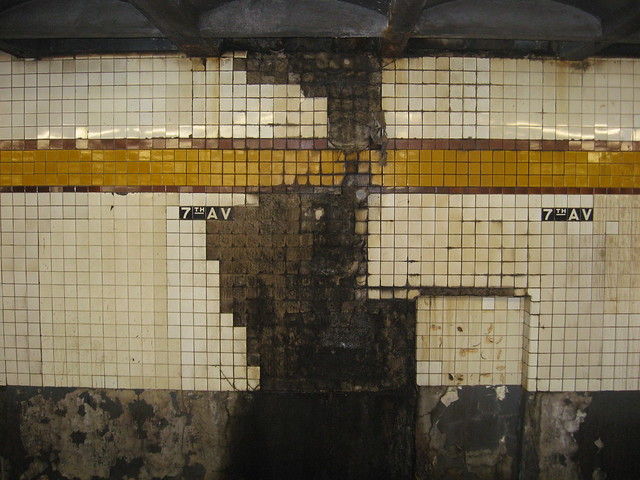When it comes to the City of Angels, New Yorkers possess quite the superiority complex. Ours is a more vibrant, worldly, cultural and cosmopolitan city with a true downtown and less soul-crushing traffic than that other place on the West Coast. And forget the subways. Californians don’t even know Los Angeles has a subway!
OK, OK. Maybe that’s a bit too Center-of-the-Universe for our tastes, but still. The LA Metro, with its 350,000 daily riders, pales in comparison with New York’s century-old system. Now, with an ambitious expansion plan underway, more attention being paid to public transit in LA than ever before in the city’s history and a dedicated publicly-supported funding stream, East Coasters are left wondering if New York could learn a lesson from LA.
Earlier this week, Dana Rubinstein at Capital New York penned such a piece, and it’s worth the read for the thought-provoking aspect alone. “Of all big cities in the country, L.A. is making probably the most substantial public transportation investment,” Joshua Schank of the D.C.-based Eno Center for Transportation said to Rubinstein. “In terms of an expansion, it’s unprecedented. What they’re doing out there is incredible.”
An excerpt:
What they’re doing is building, with money they raised themselves. In 2008, the same year New York’s congestion pricing scheme died in Albany, Los Angeles voters approved Measure R, a half-cent sales tax that over the next three decades is expected to garner $40 billion for transportation. It’s the third such transit-dedicated, voter-approved sales tax passed there since 1980. Those three taxes comprise the bulk of the agency’s funding. In April of 2011, that agency’s budget included money for, “about a dozen rail lines that are either under construction or being planned,” according to the L.A. Times.
New York’s M.T.A. is expanding, too, in some targeted ways, but it’s also chronically short of money and so lacking in political support that it’s near impossible to imagine New Yorkers willingly going to a voting booth to support it with new taxes. Joe Lhota, the authority’s relatively new chairman, regularly says as much, and has made improving the M.T.A.’s reputation and shoring up its political support one of his explicit goals.
Rubinstein also explores the why of it all. She is not kind to New York’s leadership:
For one, L.A.’s political leadership is arguably focused on transit in a way that New York’s politicians aren’t, really.
Andrew Cuomo seems to view public transportation more than anything as a potential liability to be mitigated, going back a while before he actually became governor; the legislature uses the M.T.A. alternately as a whipping post and a piggy bank; Michael Bloomberg has given up on proposing enlightened transit-funding schemes that go to Albany to die; Bloomberg’s would-be successors, so far, have focused on the easy stuff. “Bloomberg’s talked about congestion pricing and then it kind of fell off the radar when it died,” said Schank.
Related: L.A.’s transportation people invest relatively heavily in P.R. “Our metro does a great job with marketing,” said Lisa Schweitzer, a professor at the University of Southern California’s Price School of Public Policy. “They have terrific advertisers and cute graphics and the whole shebang.”
From my casual eye, L.A.’s Metro has taken the failures of its East Coast compatriots to heart and has applied a few lessons to build a better organization that enjoys community support. In New York, the MTA is so entrenched in the minds of the public that it likely can’t overcome its image issues.
So has L.A. surpassed New York? They still have around 5 million daily passengers, 16 subway lines and nearly 40 stops to go. But with money flowing freely and construction progressing, perhaps the Great Freeway State can shed some of its car-centric image and teach us all a lesson about embracing transit construction in areas that sorely need it.











